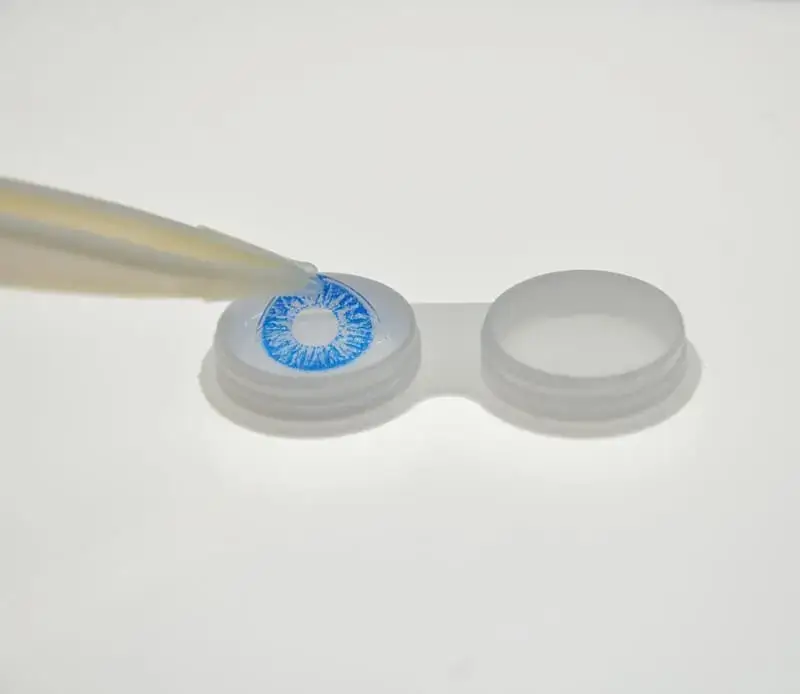Blog
Ten Things You Need to Know About Color Contacts
Ten Things You Need to Know About Color Contacts
I’m sure many girls like me have been eager to try color contacts but have always had these or other concerns.
There are too many types of color contacts, and it isn’t easy to choose your ideal design. We will elaborate on the basic parameters of colored contacts, color selection, wearing and cleaning, and ten other dimensions.
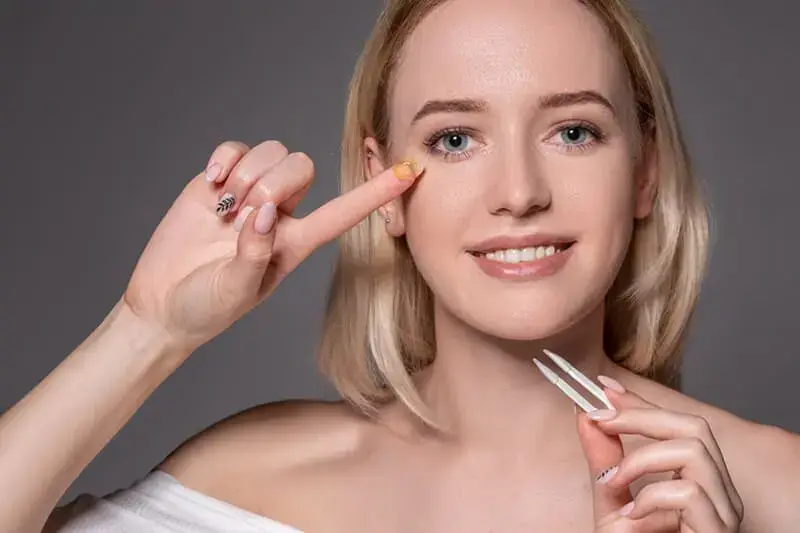
Primary Curve Of Color Contacts
We all know that color contacts are a raised hemisphere designed to fit closely to our eyes and that the base arc is the curvature of the contacts.
The larger size of the base arc, the smaller curvature of color contacts, and the connections will be flatter.
It is not necessarily true that flat lenses are bad, but if your eyes are not convex enough, you need to use flat color contacts.
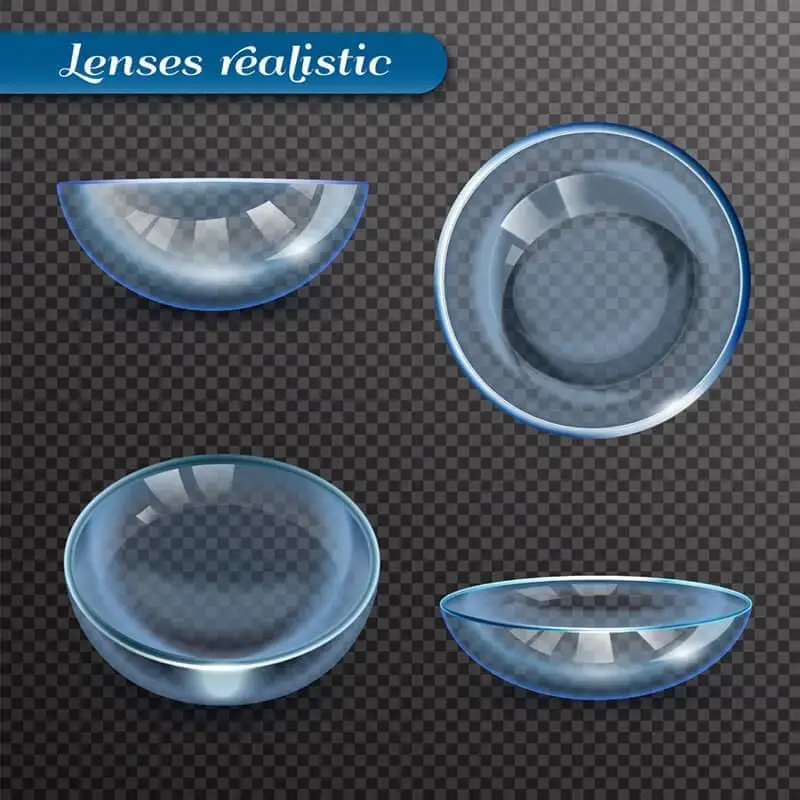
When purchasing colored contacts, choosing a base arc that fits the curvature of your eye is essential. If the base arc of the lens is larger than the eye’s curvature, the contact lenses will not provide the look and will shift.
If the base arc of the contact lens is smaller than the Curve of the eye, the eye will feel tight and uncomfortable.
Of course, it is impossible to match these two values, and experts believe the base arc should be less than 0.2 mm.

Make sure you have your eye doctor or optometrist measure the basic parameters of your eye, such as the base arc, before you buy color contacts.
Choosing the 8.6 mm series is the easiest way.
Because most people have a base arc between 8.4 mm and 8.6 mm, based on this value and the principle of error within 0.2 mm, it is best to choose 8.6 mm.
This method can also be adaptable for choosing other colored contact lenses.
DIAMETER OF Contact Lenses
The Diameter of color contacts includes actual and tinted diameters.
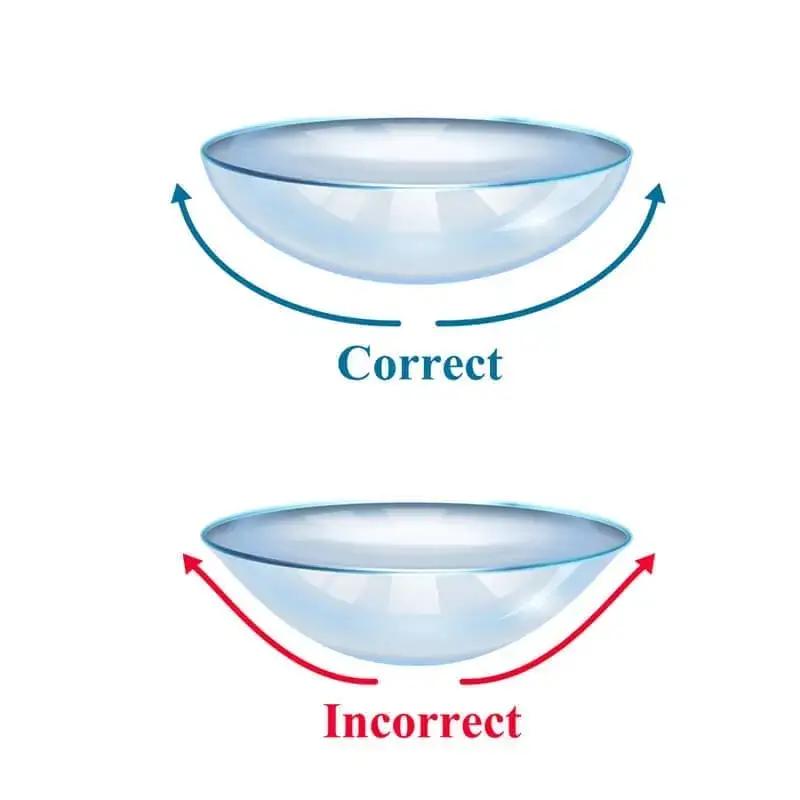
Actual Diameter of Contact Lenses
The actual Diameter is the actual size of the contact lenses in their standard form, and standard contacts are generally 13.5 mm-15 mm in Diameter.
Those that exceed 15 mm are special effects contacts that no one would wear unless it were a special occasion, such as a movie or festival.
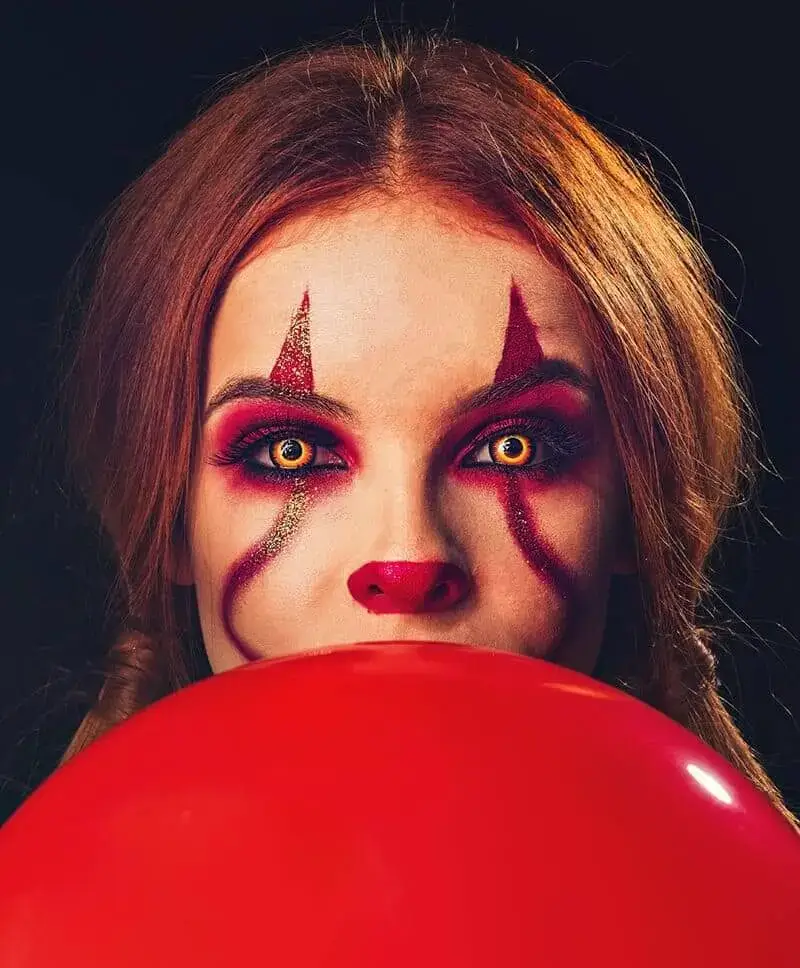
The Diameter of the human pupil is generally 11.5-12 mm, and we commonly use pupil diameter values of 13.8 mm, 14.0 mm, and 14.2 mm, as long as the pupil is 14.2 mm or less, too much of a problem.
More than this value, if not, your pupil is more remarkable; it is easy to feel a sense of pressure, causing oxygen deprivation and dryness of the eye.
The 14.5-15 mm is the exclusive Diameter of the color contact lenses; wearing even the white of the eye is almost invisible, very unnatural.
Make sure to choose color contact lenses with the correct Diameter.
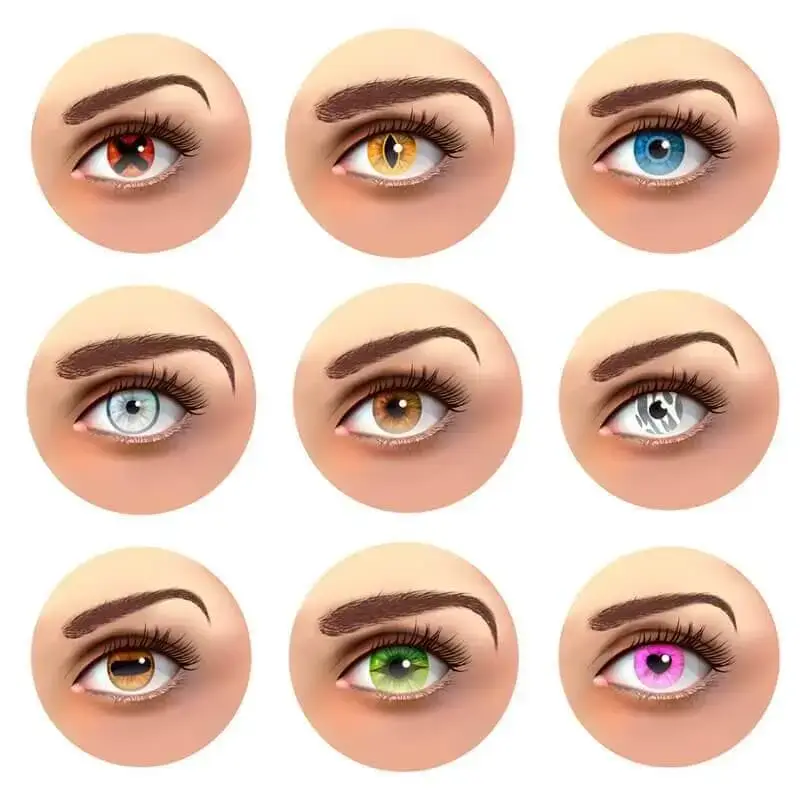
Tinted Diameter of Contact Lenses
In layman’s terms, the tinting diameter is the Diameter of a raised contact lens when pressed into a flat surface.
This parameter refers to the effect of pupil enlargement. The larger the value of the tinting diameter, the more pronounced the impact of pupil enlargement
If you look closely at color contacts, you will see that they are not all colored, but the outer ring is usually transparent.
So the color contact lenses will cover the pupil with dilated colors.
The larger the actual Diameter, the larger the coloring diameter. When two-colored contacts of the same actual Diameter are together, the one with the larger coloring diameter will appear to have a larger pupil.

Color Contacts with Water Content
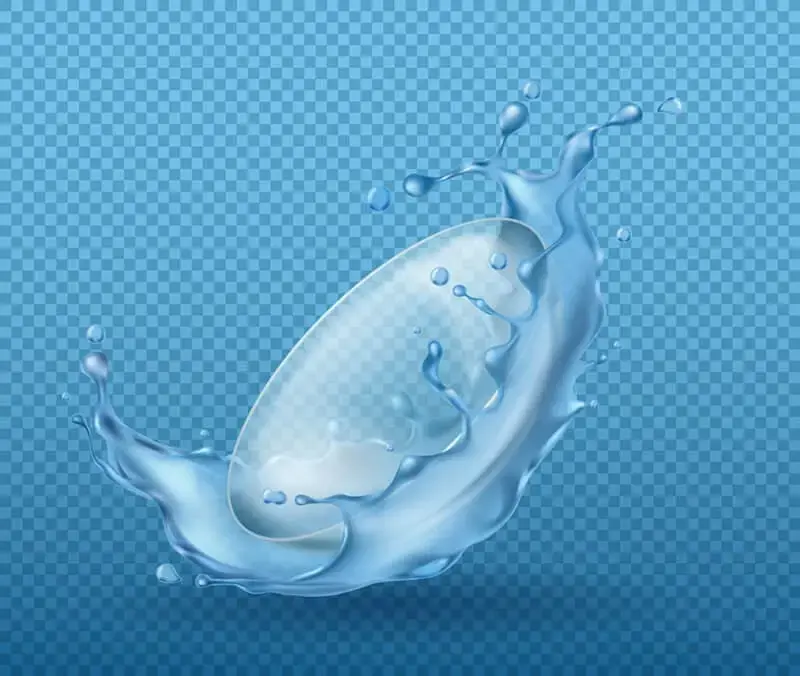
The specific density of water contained in the color contacts was water content. The higher density water content brings better breathability and user experience.
Colored contact lenses with high water content evaporate more quickly than those with low water content. With more eye drops to maintain the state of high water content.
High water content contact lenses are also easier to wear out because of their soft texture, so they are generally only used in daily or weekly disposables.
Contact Lens Use Cycle
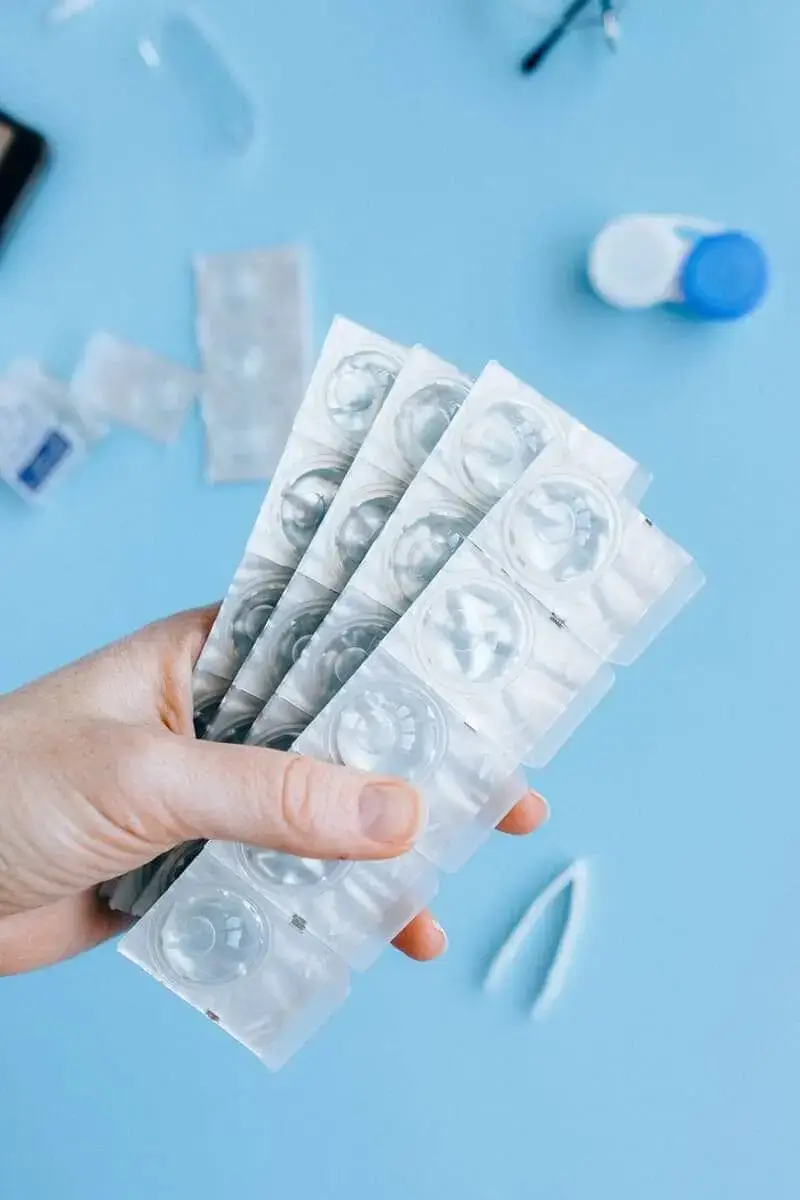
The current cycle of color contacts on the market with daily, weekly, monthly, quarterly, semi-annual, annual, and everyday use for only one day. The weekly contact lens validity date is seven days.
When your colored contracts reach their expiration date, you must replace them, and don’t delay until the last day; generally, in 5 months, you can throw them away, and in 9 or 10 months, you can give them up, the more you delay to the back the worse you feel.
Pay more money to buy daily designs and enjoy the better service if you can stand the cost. The yearly disposable price has the best price. Good cleaning habits can achieve a better user experience too.
Contact Lens Prescriptions
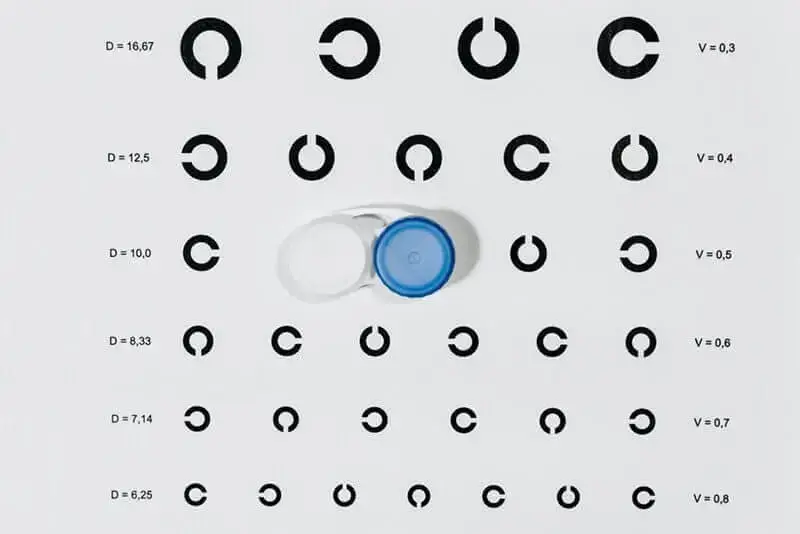
Because color contacts are so close to the eye, they are not the same as nearsighted glasses for the same person.
The degree of your color contacts needs to be converted based on the degree of nearsightedness of your eyes, not the degree of the frame you are currently wearing.
The following are authoritative data for reference: 50 degrees for a grade below 100 degrees, such as 50 and 100, 25 degrees for quality above 100 degrees, such as 125 and 150, and 50 degrees for a grade above 500 degrees for some brands.
When myopia is below 100, we recommend flat lenses.
When intolerance is between 100 and 300, the prescription for contacts is 25 minus the myopic prescription.
When myopia is between 300 and 500, the contact prescription should be 25 or 50 percent less than the myopic prescription.
When myopia is between 500-700, subtract 50 or 75 from the myopic prescription for contacts.
When the myopia is between 700 and 900, subtract 75 or 100 from the nearsightedness of the contacts.
When the intolerance is between 900-1100, remove 100 or 125 from the nearsightedness of the contacts.
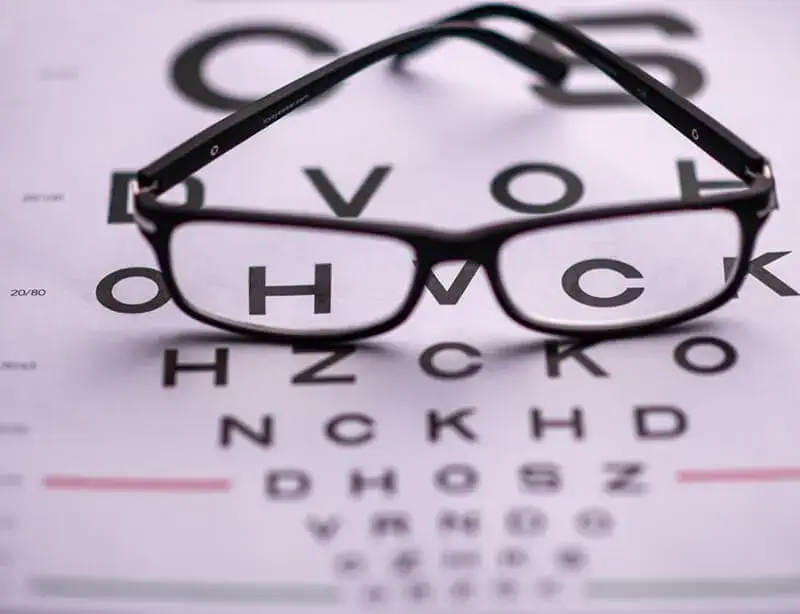
Note 1: The above methods are for contact lenses
Note 2: The vast majority of contracts do not have astigmatism
Contact Lens Thickness
The thickness of color contacts is generally between 0.2 mm and 0.7 mm
Below 0.4 mm is ultra-thin, and above 0.5 mm is an average thickness
The thinner the contact lenses, the softer they are, and the more comfortable they are to wear
But at the same time, the color lenses are also more fragile and easier to break, so you must take care of them when using them.
Contact Lens Colors
There is a wide selection of contact colors, so here are a few ideas for reference only.
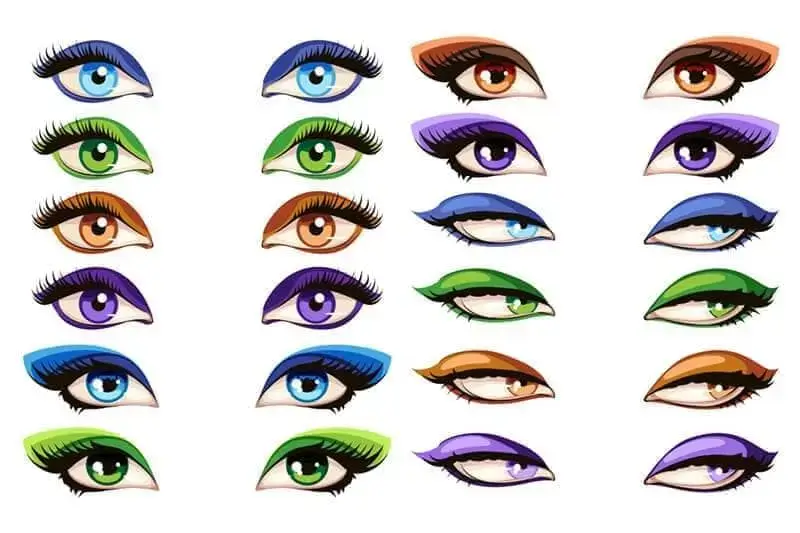
Black: Black will give the appearance of giant, watery eyes, but because the color is too heavy, it can quickly produce an unnatural feeling.
Brown: Brown is the most natural color because our eyes generally have brown or dark brown pupils. The color transition of brown-colored contacts will be very realistic, and there is a sense of disorientation. Still, the disadvantage is that the color has the lowest degree of visibility.

Blue: Blue is relaxed and comfortable, will look dull skin tone, and blue is more exotic.

Green: green than blue slightly not pick skin some, as long as not mainly yellow or mainly black skin tone can try, looks like a very spiritual feeling, try to choose light green, dark green too not every day.
Satin Gray: create a hybrid effect. The features look three-dimensional, making the glasses more deep and attractive.

Violet: Violet, like blue, is a relatively picky color that requires fair skin and small, three-dimensional features to manage. If you like purple and do not have the above two conditions, try to choose light purple contacts.
Hazel: The most natural colors you can get. Just like an autumn breeze.
Would Contact Lenses Hurt Your Eyes?
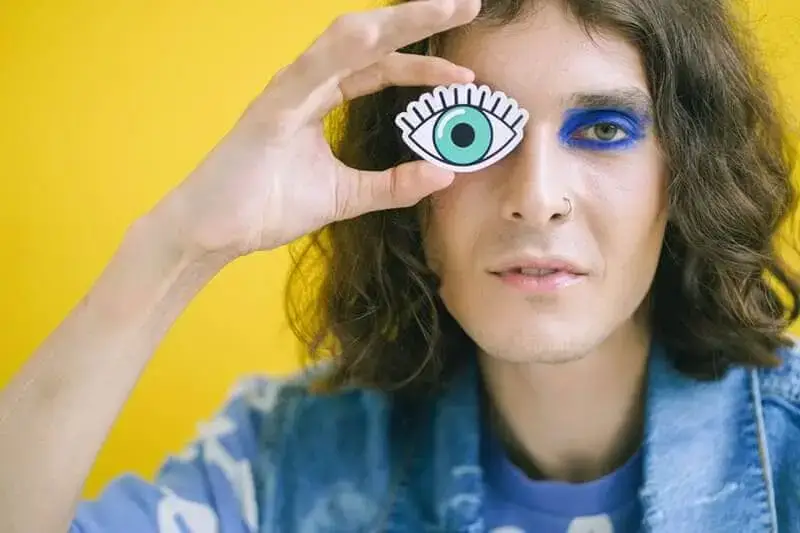
Whether it’s contact lenses or color contacts, wearing them for long periods is harmful. The colored contact lenses have thicker layers with pigment layers, which may cause an uncomfortable experience.
Wearing contact lenses or contacts for long periods can easily cause a lack of oxygen to the eyes and cause redness, so try not to wear colored contact lenses for long periods, and try to wear them for less than 6-7 hours a day.
At the same time, pay attention to the cleanliness of the contact lenses, and frame lenses are best used alternately, do not wear more than five days a week, and try not to exceed 8 hours a day.
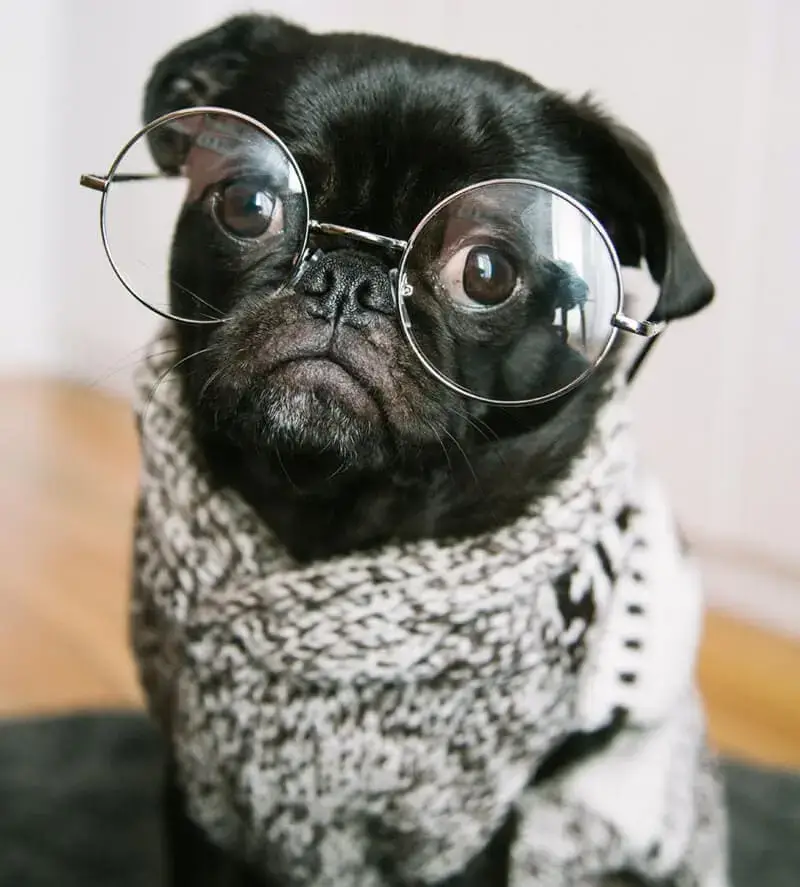
In addition, the comfort level of wearing different brands of contacts is also different. Wear a good brand is not always comfortable, so try a few more brands and find the one that suits you best. So you can try the most famous Hollywood luxury contact lenses.
How To Buy Contact Lenses
The color contacts are a type of contact, and contact lenses are medical devices that must have a national “medical device license” before the validity date.
So when you buy contacts, you should first pay attention to whether the business has this license, which is the most fundamental guarantee of the quality of color contacts.
Secondly, try to choose some familiar big brands, such as Dr. Lund, Johnson & Johnson, 1800contacts.com, NEO, Hollywood Color Contact Lenses, etc… The right choice is to take care of the eyes more carefully than the face.
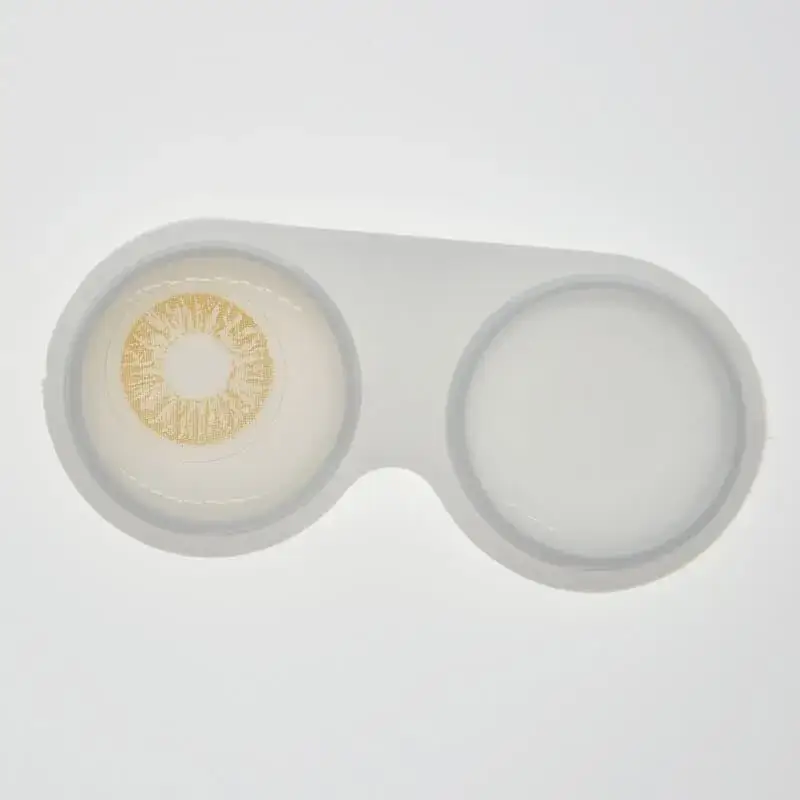
Wearing And Cleaning Methods For Contact Lenses
When wearing colored contacts for the first time, be sure to cut your fingernails short because the first time you wear them is very unskilled, and you can easily poke your eyes, but after you become skilled, you can keep your fingernails as you wish.
Next, be sure to wash your hands and gently touch your eyeballs with your fingertips to get them used to the touch first, then use your other hand to open your eyelids and put the lenses on from the bottom up, or use a contact aid stick to help you wear them.
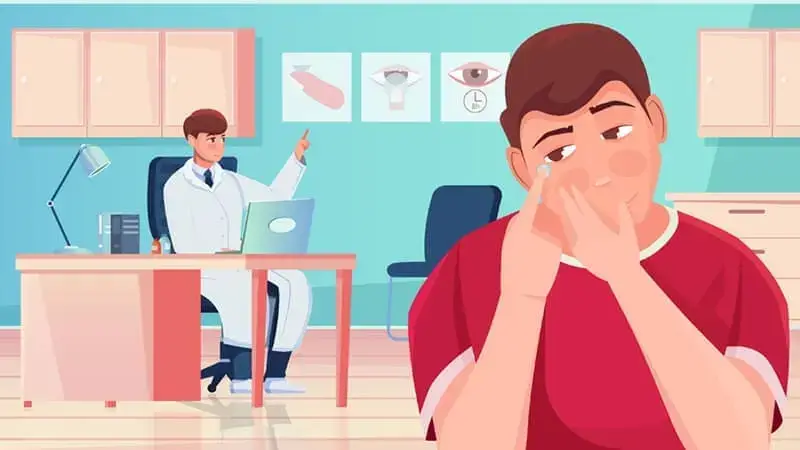
To clean your color contacts, wash your hands first, pour the solution into the palm of your hand, drop the contact lenses in, and gently rub them with the ring finger of your other hand.
Continue to clean the other side and then soak it into the solutions before using it again.
Make sure to replace the solutions every day. Soak and clean the color contacts before wearing them on again.
Try to choose some well-known contact lens solution brands, such as P2, LeDun, Dr. Lund, etc. Do not use nursing solutions containing hydrogen peroxide, which can easily cause eye discomfort.
In addition, the care solution validity is three months. It is better to buy the small volume solution.
If hand washing is too much trouble, you can also choose to buy an automatic cleaning case for your color contacts.
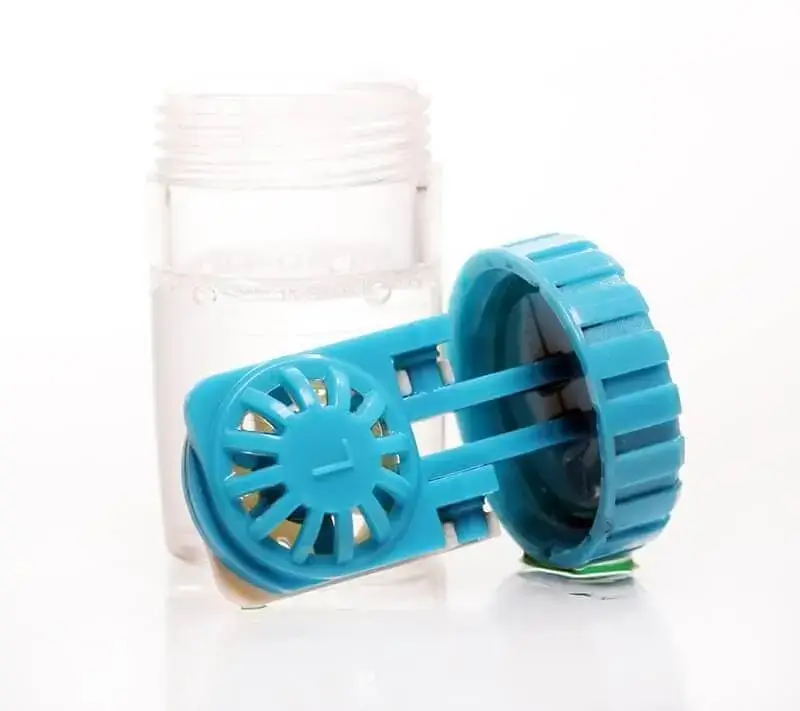
Well, that’s all ten things you need to know about color contacts, so go ahead and pick the best pair of colored contacts. Hollywood luxury color lenses’ most hot sale colors are sugar gray, brown, hazel, and marble gray.

